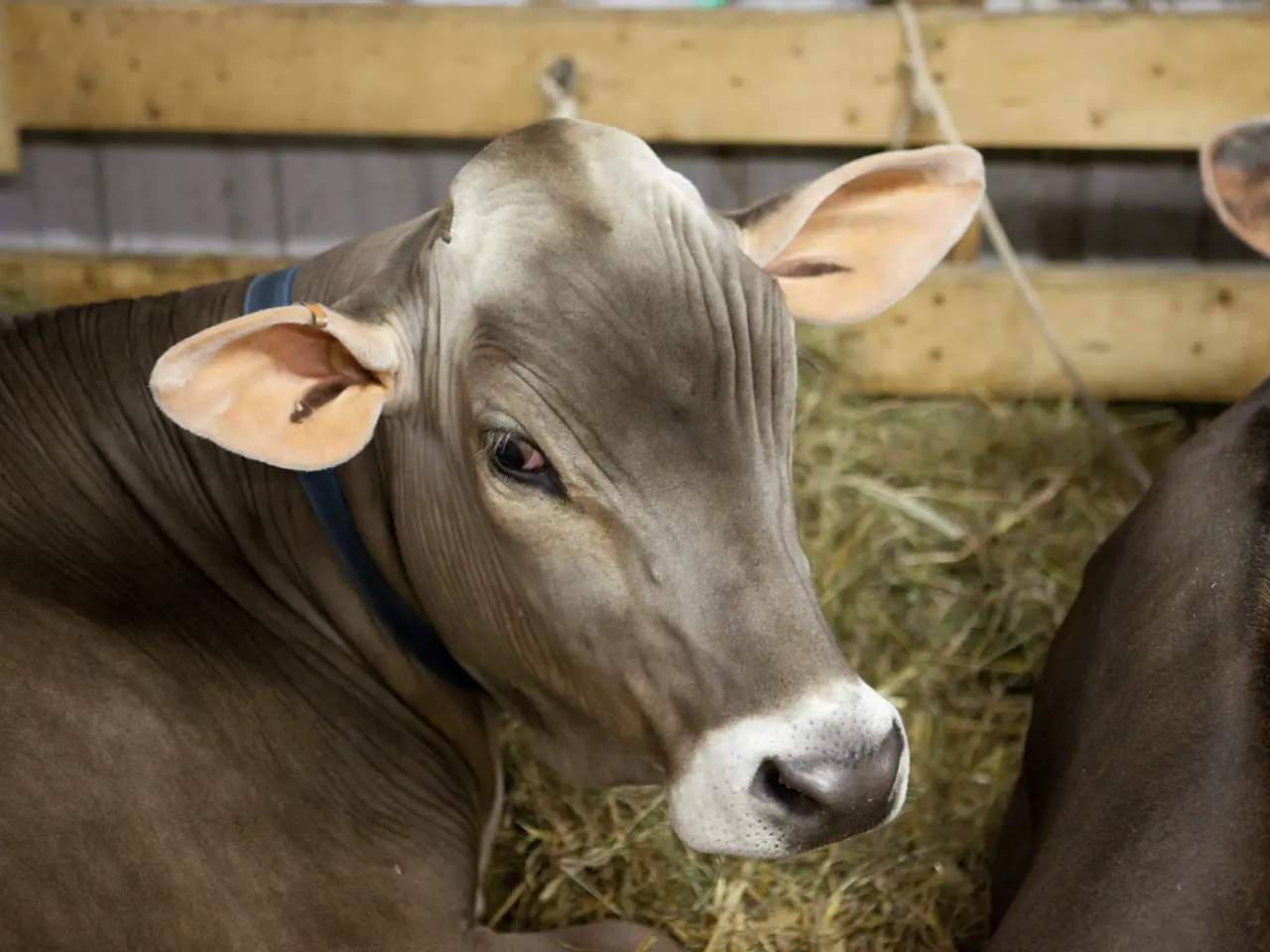Guide on Crafting a Cattle Panel Trellis: Detailed, Easy-to-Follow DIY Directions for Constructing a Straightforward Archway
Building a Vertical Vegetable Garden with a Cattle Panel Trellis
A vertical vegetable garden using a cattle panel trellis is an efficient and space-saving solution for any gardener. Here's a step-by-step guide to help you create your own.
Materials Needed
- Cattle panel (usually 16 feet long, made of a sturdy wire grid)
- T-posts or rebar (6 ft long) to anchor the panel
- Zip ties or wire
- Post driver
- Tape measure
- Permanent marker
Step 1: Gather Materials
Collect the necessary materials, which can be purchased from Tractor Supply, Lowe's, or Amazon.
Step 2: Choose Location
Pick a sunny spot in your garden with good soil and enough space for the trellis and plants to grow vertically.
Step 3: Install Vertical Supports
Drive the T-posts or rebar about 2 feet deep into the ground at both ends (and optionally in the middle for extra support) where you want the trellis to stand. Use a helper when burying the T-posts to ensure safety.
Step 4: Attach the Cattle Panel
Bend the cattle panel into a desired shape—commonly an arch or flat vertical grid—and secure it tightly to the posts using zip ties or wire. Start from the bottom and space them evenly.
Step 5: Prepare Soil and Plant
Amend the soil at the base for healthy roots; plant climbing vegetables like cucumbers, beans, peas, or melons at the base of the trellis. Follow the spacing guide for the chosen plants.
Step 6: Train Plants
As plants grow, guide the vines onto the trellis so they can climb and spread vertically, saving garden space and improving air circulation.
This method efficiently uses vertical space, encourages healthy crop growth, and can support heavy fruits like melons. Popular options for plants to grow on a cattle panel trellis include pumpkins, cucumbers, sweet peas, nasturtiums, tomatoes, luffa gourds, beans, peas, and various squash.
The trellis costs around $50 to make and takes only a couple of hours to build. The height of the trellis can be adjusted by changing the distance between the support posts. The project can be completed in a single location, such as connecting two parallel raised beds or over a garden path.
The most difficult step in the process is burying the T-posts. Hold the T-post straight and check it from every angle before burying it. Slam the post driver down repeatedly until the line drawn with the permanent marker is level with the ground.
With these simple steps, you can create a sustainable, space-saving vertical vegetable garden that not only looks beautiful but also provides you with fresh produce. Combining ornamental and edible plants can create a functional and aesthetically pleasing garden. Happy gardening!
- Incorporating plants like cucumbers, beans, peas, or melons within the home-and-garden setting of a vertical vegetable garden made from a cattle panel trellis can be both functional and aesthetically pleasing, enhancing the overall lifestyle.
- A vertical lifestyle using a cattle panel trellis in home-and-garden gardening offers efficient use of vertical space, encouraging healthy crop growth and supporting heavy fruits like melons, while also creating an attractive home-and-garden appearance.




